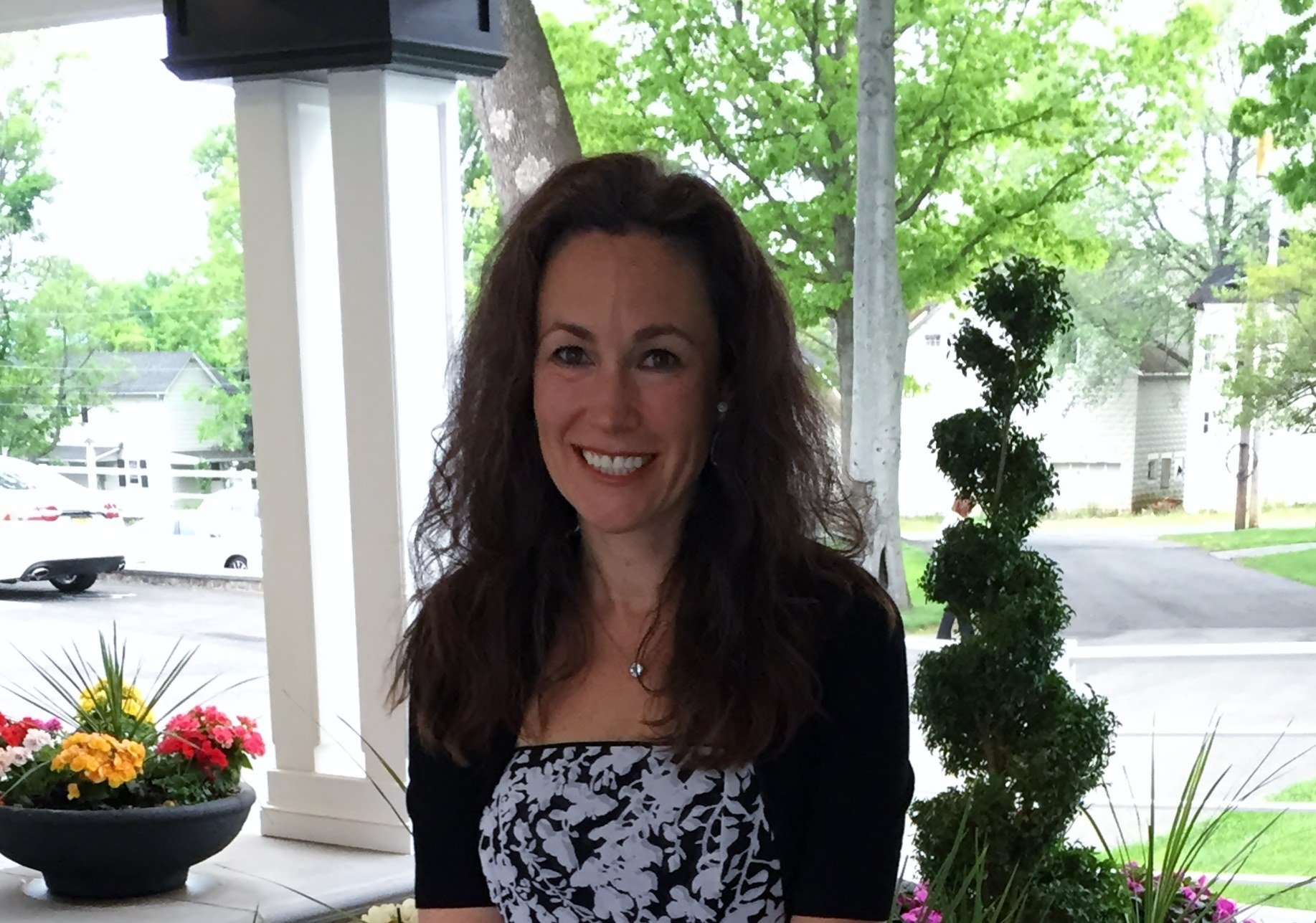
A truly green home is golden
Just because something is labeled “green,” does not mean it’s healthy, according to healthy homes expert and home inspector Caroline Blazovsky. She is president of My Healthy Home, a Whitehouse Station, N.J.-based company specializing in indoor air quality products and services.
“’Green’ is an evolving term. As we progress with this movement, we are learning more and more about what is actually healthy, eco-friendly and sustainable,” Blazovsky said. “As an inspector, my goal is to make sure the home is healthy and safe no matter how green it is. Blazovsky believes that for something to be green, its lifecycle has to be healthy for not only the planet but humans, as well. “It seems the more simple and basic we can be, the healthier we are,” she said.
The International Association of Certified Home Inspectors (InterNACHI) defines a green home’s features in three categories: energy efficiency; the use of sustainable materials and/or practices; and features that promote home and environmental health.
“… the term ‘green’ home inspection implies that the inspection will be expanded past the residential Standards of Practice to include the three items …,” according to NAHCI.org.
All that’s natural, isn’t necessarily healthy
Consumers are drawn by the association between natural and healthy. But, even with products in the home, the two don’t necessarily correlate. For example, when inspectors test a home for volatile organic compounds, which are chemicals that in higher volumes can contribute to health problems inside homes, they should consider the unhealthy effects of fragrances of any kind and natural substances, such as citrus or pine, according to Blazovsky.
“Pine … is a natural substance, but in abundance or in products like turpentine (made from pine), [it] can contribute to health complaints,” she said.
In essence, inspecting a green home is not black and white.
“For example, if we are going to improve energy efficiency, but make homes so air tight that they have poor air quality for the occupants, this is a bad combination,” Blazovsky said.
Inspection tips
As a healthy home inspector, Blazovsky said she looks for different areas of concern than a general home inspector.
“Of course there are many items structurally that I will look at: building materials, insulation and ventilation. Does the home breathe properly, are there areas that are harboring moisture and mold?” she said. “As we build tighter homes with energy-efficient products, we need to make sure the house is ventilated properly, and that the house is not accumulating moisture that cannot dry out.”
Blazovsky also examines duct work for proper insulation. She makes sure furnaces are vented properly and are not leaking fuel oil or gas.
“This is also true for tankless water heaters that run on gas,” Blazovsky said.
Mold testing is required in Blazovsky’s inspections because green homes can harbor mold in the building’s envelope, which cannot be seen. She recommends that in addition to a typical spore trap test, inspectors use a newer mold test that looks for mold VOCs. The MVOC test, she said, can test the air for the gases molds produce.
Inspectors should also consider doing an electromagnetic fields test — especially when there is a lot of electrical wiring and solar panels. There are electricians who specialize in checking EMF fields, to ensure homeowners aren’t over-exposed to EMF because of crossed wires, hot spots or electrical devices, such as Smart Meters, according to Blazovsky.




